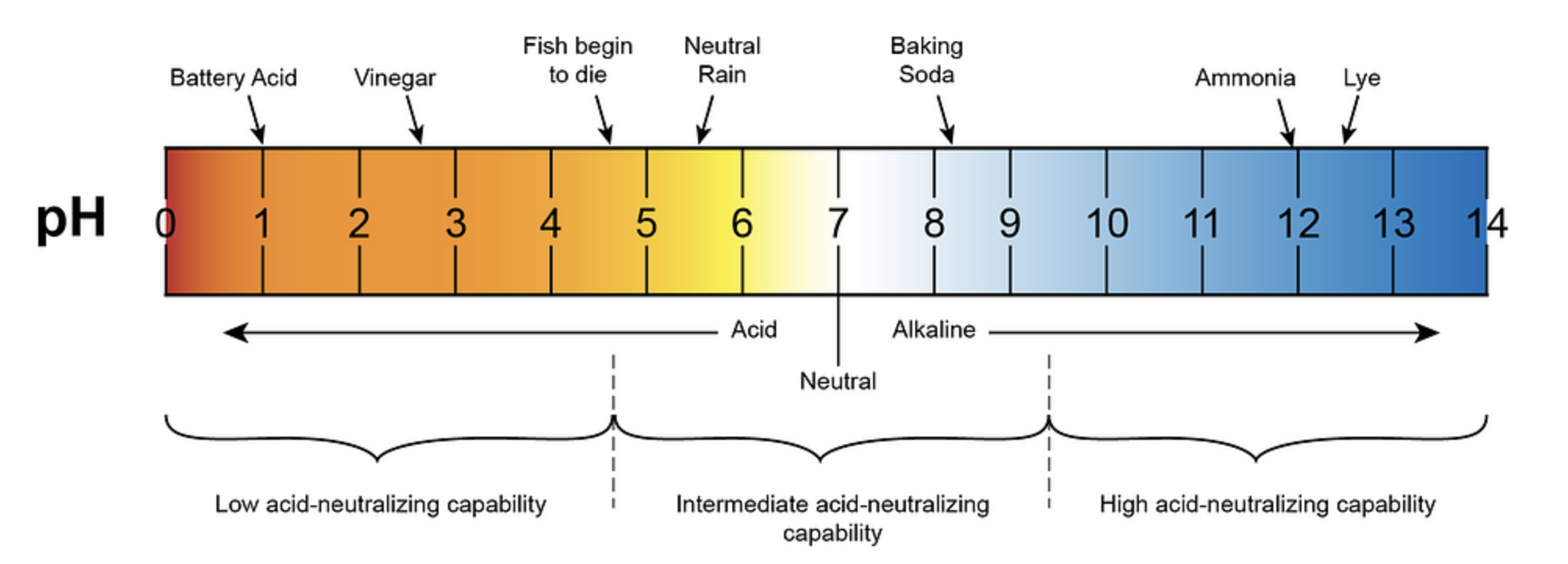The pH of tap water in San Diego, USA, is slightly alkaline, ranging from 8.0 to 8.4. This is due to the treatment process and the sources of water, which include the Colorado River System, the California State Water Project, ocean water from the Desalination Plant, and local watersheds within San Diego County.
Understanding the pH of San Diego’s Tap Water
The pH of water is a measure of its acidity or alkalinity, with a scale ranging from 0 to 14. A pH of 7 is considered neutral, while values below 7 are acidic, and values above 7 are alkaline or basic. The pH of San Diego’s tap water is slightly alkaline, which means it has a higher concentration of hydroxide ions (OH-) than hydrogen ions (H+).
The slightly alkaline pH of San Diego’s tap water is primarily due to the treatment process and the sources of water used. The Colorado River System, the California State Water Project, and the local watersheds within San Diego County all contribute to the overall pH of the water. Additionally, the Desalination Plant, which converts seawater into freshwater, also plays a role in the pH of the tap water.
Contaminants in San Diego’s Tap Water
While the pH of San Diego’s tap water is within the acceptable range, there are other contaminants that can be found in the water. These contaminants include:
- Microbial contaminants: Viruses and bacteria can be present in the water, which can pose a health risk if consumed.
- Inorganic contaminants: Salts, metals, and other inorganic compounds can be found in the water, some of which may exceed Public Health Goals (PHG) set by California health authorities.
- Radioactive material: Radioactive contaminants can be present in the water, which can also pose a health risk.
- Disinfection byproducts: Chemicals used to disinfect the water, such as bromate and chlorite, can be found in the water and may exceed PHG levels.
- PFAS: A group of man-made chemicals called PFAS, used in firefighting foams and non-stick coatings, has been detected in water from Camp Pendleton, which is part of San Diego County’s water supply.
Addressing Contaminants in San Diego’s Tap Water
To address the concerns about contaminants in San Diego’s tap water, homeowners can install reverse osmosis (RO) systems. These systems offer the best protection against a wide range of contaminants, including microbial, inorganic, and radioactive materials, as well as disinfection byproducts and PFAS.
Reverse osmosis systems work by using a semi-permeable membrane to filter out contaminants from the water. This process can reduce the risk of cancer and other health issues associated with the consumption of contaminated water.
In addition to reverse osmosis systems, there are other water treatment methods available, depending on the specific needs of the homeowner. These include:
- Activated carbon filters: These filters can remove chlorine, volatile organic compounds (VOCs), and some heavy metals from the water.
- Ion exchange systems: These systems can remove hardness minerals, such as calcium and magnesium, from the water.
- Ultraviolet (UV) disinfection: This method uses UV light to kill microorganisms in the water, providing an additional layer of protection against microbial contaminants.
DIY Solutions for Tap Water in San Diego
For those interested in DIY solutions, understanding the pH value and contaminants in San Diego’s tap water can help in making informed decisions about water consumption and treatment. Regular testing of tap water is recommended to ensure safety and quality.
One way to test the pH of your tap water is to use a digital pH meter or test strips. These tools can provide a quick and accurate reading of the water’s pH level. If the pH is outside the acceptable range, you may need to consider installing a water treatment system or using a pH adjustment product.
In addition to testing the pH, it’s also important to test for other contaminants in the water. This can be done through a water quality test kit or by sending a sample to a certified laboratory for analysis. Once you have the results, you can determine the best course of action for treating the water, whether it’s through a whole-house filtration system or point-of-use devices.
Conclusion
The pH of tap water in San Diego, USA, is slightly alkaline, ranging from 8.0 to 8.4. While this is within the acceptable range, there are other contaminants that can be found in the water, including microbial, inorganic, and radioactive materials, as well as disinfection byproducts and PFAS.
To address these concerns, homeowners can install reverse osmosis systems, which offer the best protection against a wide range of contaminants. Other water treatment methods, such as activated carbon filters and ion exchange systems, are also available, depending on the specific needs of the homeowner.
For those interested in DIY solutions, regular testing of tap water and understanding the pH value and contaminants can help in making informed decisions about water consumption and treatment. By taking these steps, San Diego residents can ensure that they are consuming safe and high-quality tap water.
References:
- https://www.reddit.com/r/sandiego/comments/6mrt86/local_water_ph_levels/
- https://www.raynewater.com/blog/is-san-diego-tap-water-safe-to-drink/
- https://www.padredam.org/DocumentCenter/View/5880/2022-Water-Quality-Report
- https://www.sandiego.gov/sites/default/files/annual_drinking_water_quality_report_online.pdf
- https://www.sandiego.gov/public-utilities/water-quality

